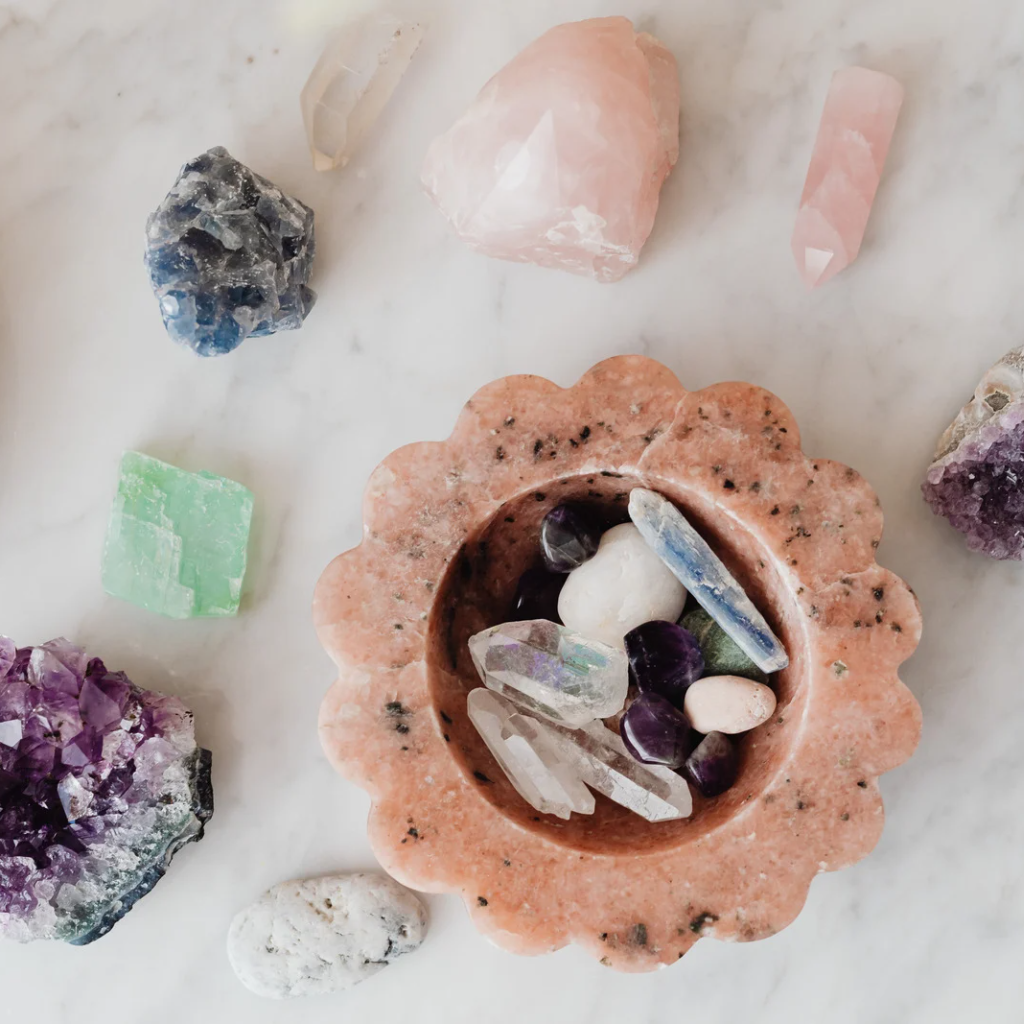Mastering the 3-Point Yogic Breath: A Guide to Inner Balance and Serenity

In today's fast-paced world, stress and anxiety have become common companions in our daily lives. The 3-Point Yogic Breath, also known as the Complete Yogic Breath or Dirgha Pranayama, is a powerful technique that can help us find inner balance and tranquility amidst life's challenges. This breathing practice is deeply rooted in ancient yogic traditions and holds numerous benefits for physical, mental, and emotional well-being. In this guide, we will explore what the 3-Point Yogic Breath is, why it is used, and the best times to incorporate it into your yoga practice.

What is the 3-Point Yogic Breath?
The 3-Point Yogic Breath is a controlled breathing technique originating from the yogic philosophy of pranayama (prana - life force, and ayama - extension or control). It involves breathing deeply and consciously, engaging three specific areas of the body:
1. Abdomen (Diaphragmatic Breathing): In this step, the practitioner focuses on the expansion and contraction of the abdomen during the inhalation and exhalation. When you breathe in, your diaphragm contracts, pushing the abdomen outward, and when you breathe out, the abdomen gently falls back in.
2. Chest (Thoracic Breathing): After the abdominal expansion, the breath moves into the chest. During inhalation, the ribcage expands, lifting the chest, and during exhalation, the chest gently sinks down.
3. Clavicular Region (Clavicular Breathing): The final phase of the 3-Point Yogic Breath involves a slight lifting of the collarbones and shoulders as you draw the breath deeply into the uppermost part of the lungs. When exhaling, the shoulders relax, and the breath is released from the clavicular area.

Why is the 3-Point Yogic Breath Used?
The 3-Point Yogic Breath serves several important purposes:
1. Stress Reduction: By engaging in deep, conscious breathing, the body activates the parasympathetic nervous system, promoting relaxation and reducing the "fight or flight" response that often accompanies stress.2. Enhanced Oxygenation: This technique allows for a greater intake of oxygen, nourishing the body's cells and organs, leading to increased vitality and energy levels.
3. Emotional Regulation: The controlled breath helps stabilize emotions by calming the mind and reducing anxiety and negative thought patterns.
4. Improved Lung Capacity: By utilizing the full capacity of the lungs, the 3-Point Yogic Breath helps enhance lung function and strengthens respiratory muscles.
5. Mindfulness and Meditation: This breathing technique is an excellent tool for cultivating mindfulness, concentration, and a deeper connection with the present moment, making it a perfect complement to meditation practices.

Best Time to Practice the 3-Point Yogic Breath
The 3-Point Yogic Breath can be practiced at any time of the day, but incorporating it into specific moments during your yoga practice can maximize its benefits:
1. Start of the Practice: Begin your yoga session with a few minutes of 3-Point Yogic Breathing to center yourself, become aware of your breath, and prepare your body and mind for the practice ahead.
2. Pranayama Session: If you have a dedicated pranayama (breath control) segment in your yoga routine, the 3-Point Yogic Breath is an excellent choice. It can serve as a foundational practice before exploring more advanced pranayama techniques.
3. Savasana (Corpse Pose): During the final relaxation pose, practice the 3-Point Yogic Breath to deepen relaxation, release tension, and integrate the benefits of your yoga practice.
4. Stressful Situations: Whenever you feel stressed, anxious, or overwhelmed throughout the day, take a few moments to practice the 3-Point Yogic Breath. It can be a valuable tool for calming the mind and regaining composure
The 3-Point Yogic Breath is a simple yet potent technique that can transform your yoga practice and daily life. By integrating this mindful breathing practice into your routine, you can experience a deeper sense of tranquility, enhanced focus, and improved overall well-being. Remember that consistency is key, and as you continue to explore the 3-Point Yogic Breath, you will unlock its full potential to create a harmonious balance between your body, mind, and spirit.


Leave a comment